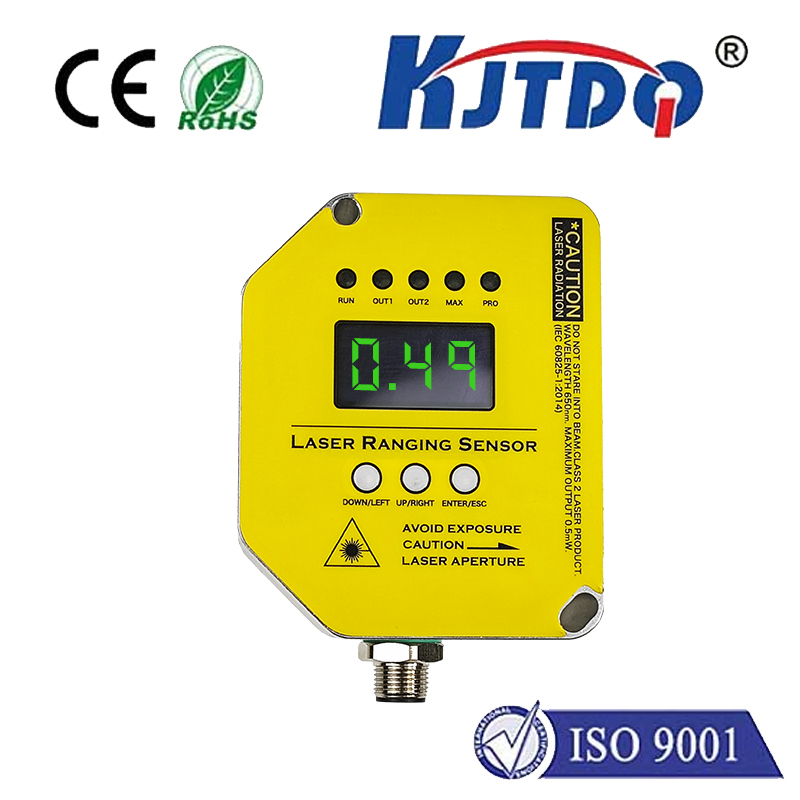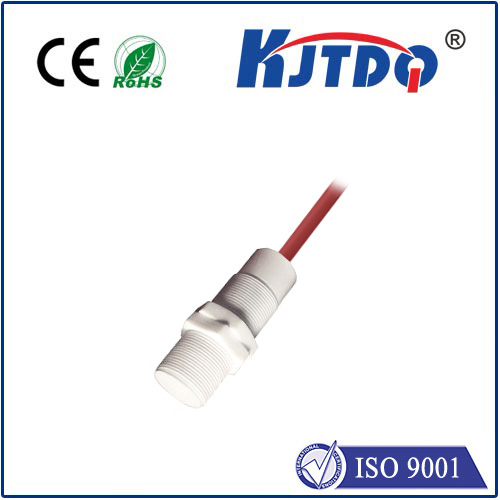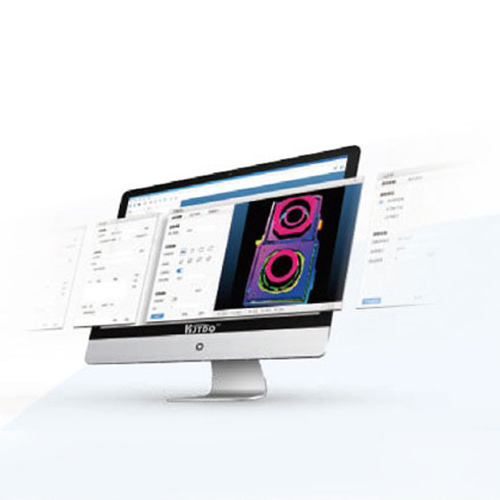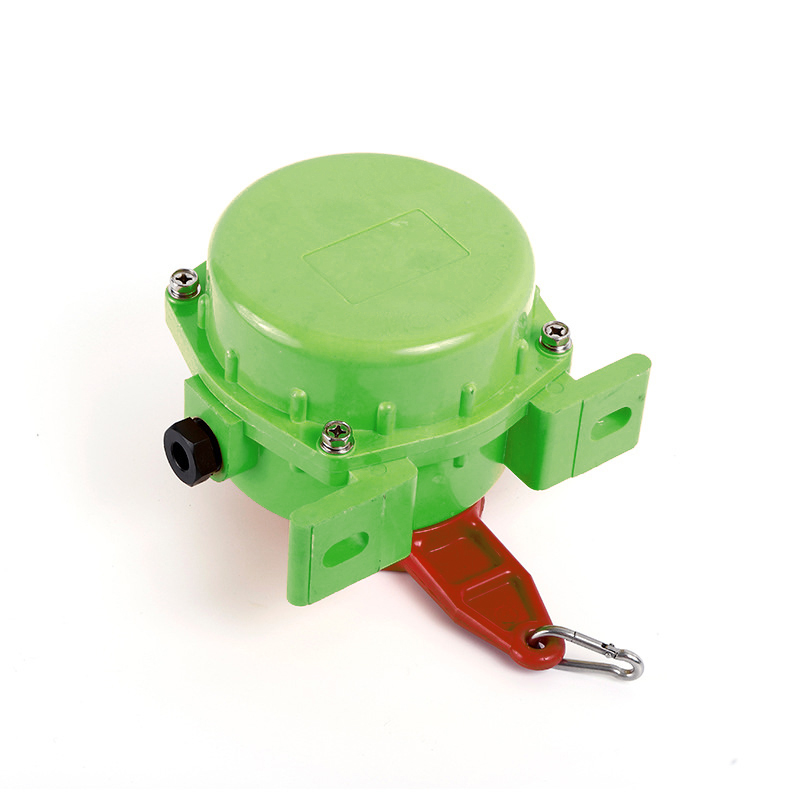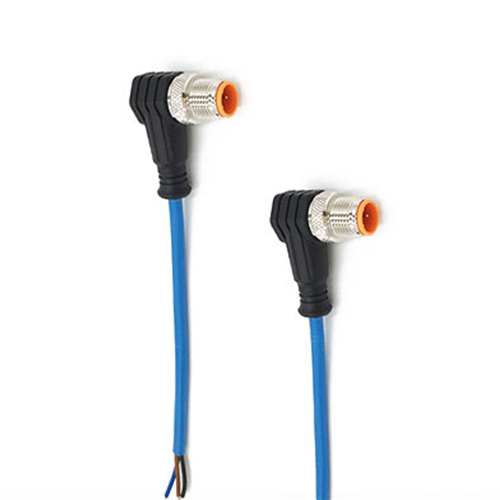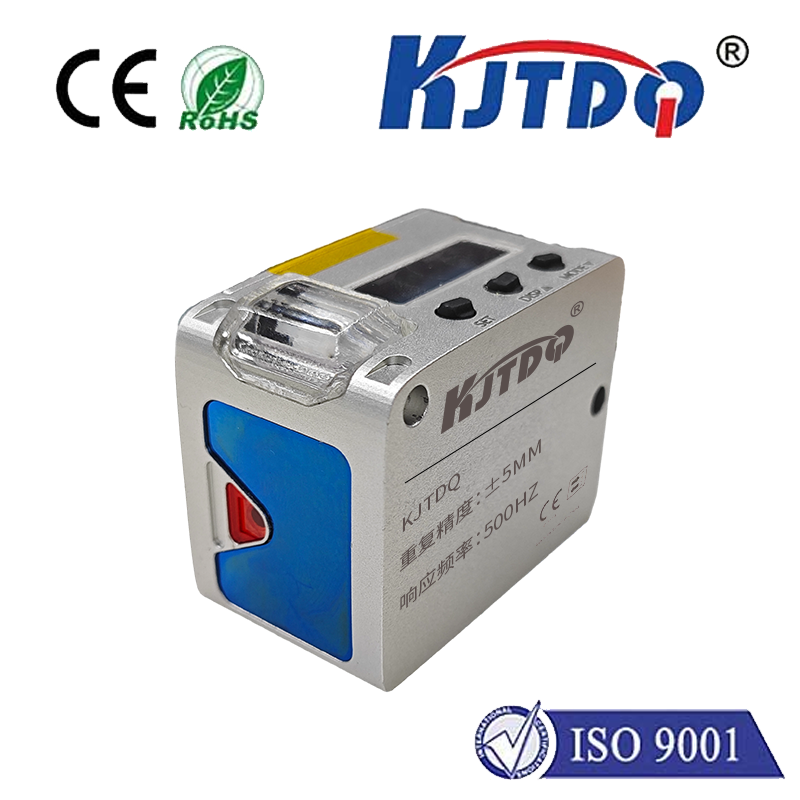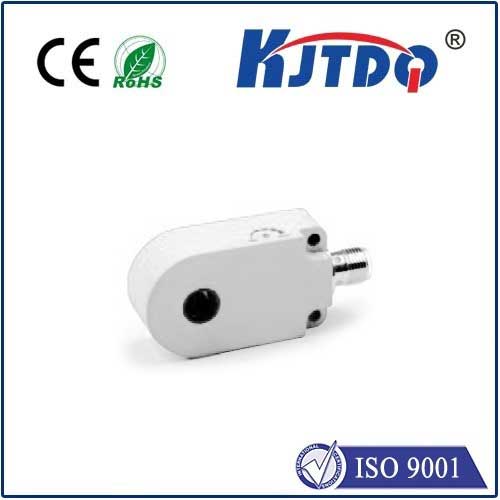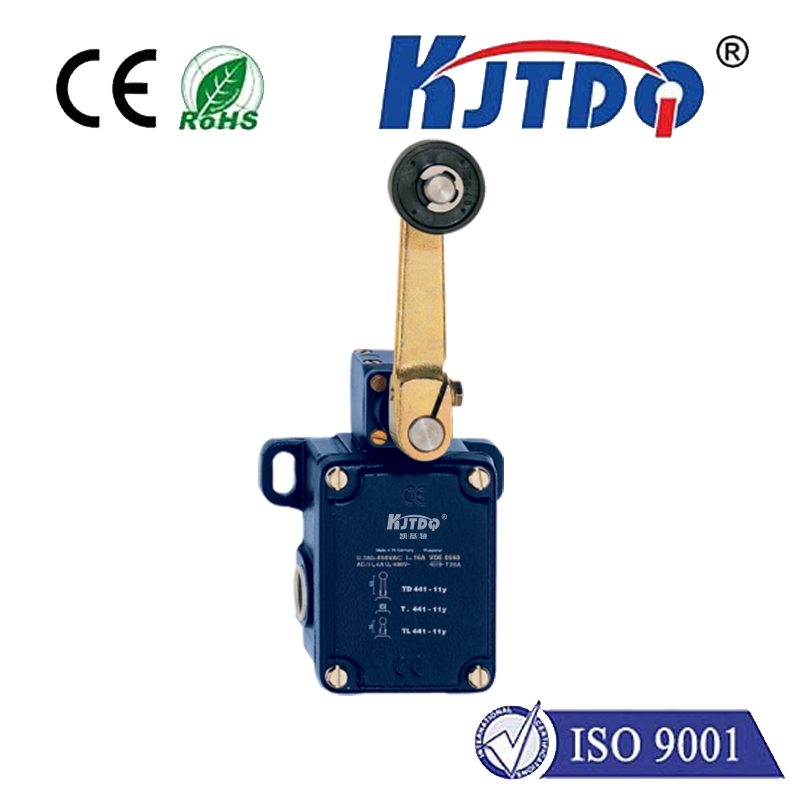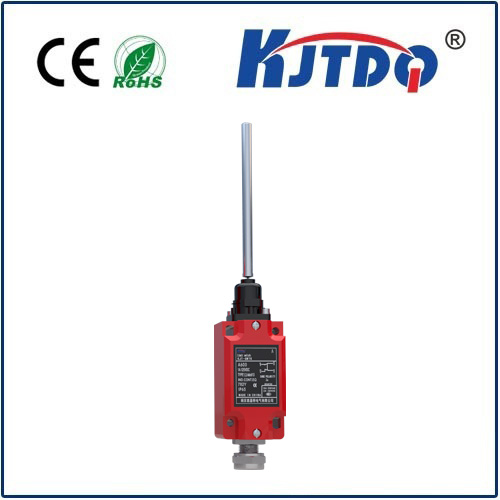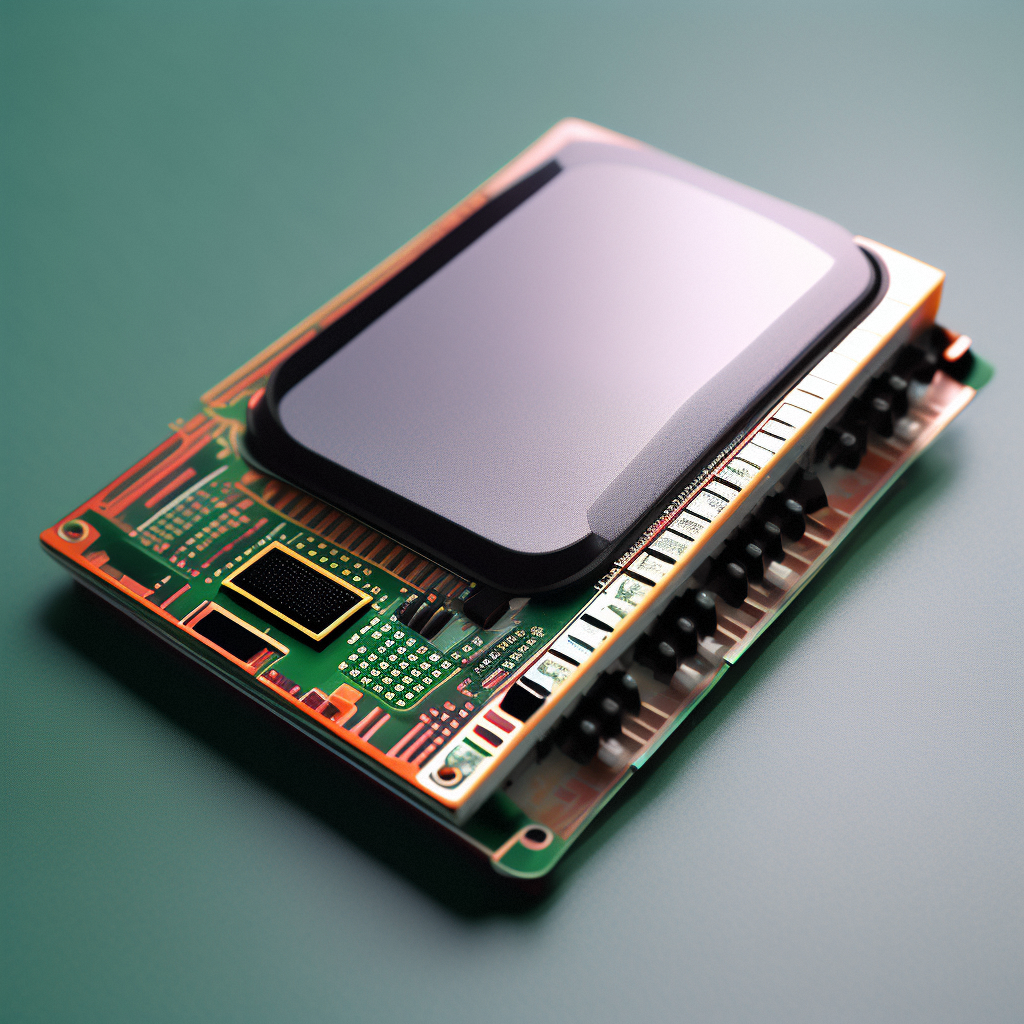optical sensor camera
- time:2025-08-15 00:34:26
- Click:0
Optical Sensor Cameras: The Essential Digital Eyes Powering Our World
Imagine capturing not just a static image, but rich environmental data – light intensity, color spectrum, depth, and subtle changes invisible to the naked eye. This is the fundamental power of the optical sensor camera, a pervasive technology transforming how we interact with and understand our surroundings. Far more than just a lens and a digital recorder, these sophisticated devices represent the critical convergence of optics, semiconductor technology, and complex signal processing. They are the indispensable digital eyes enabling countless modern marvels.
At the Heart: From Photons to Pixels
An optical sensor camera’s core function is light capture and conversion. Light passing through the camera lens is focused onto an integrated circuit – the optical sensor itself. This sensor chip, typically a CCD (Charge-Coupled Device) or, more commonly today, a CMOS (Complementary Metal-Oxide-Semiconductor) sensor, is composed of millions of microscopic photosites, or pixels.

- The Photon Capture: Each pixel acts as a tiny well designed to collect photons (light particles). The intensity and wavelength (color) of the light striking each pixel directly influence the process.
- The Conversion Magic: Within the semiconductor material of the sensor (usually silicon), photoelectric effect occurs. Incoming photons impart energy, dislodging electrons and creating corresponding electrical charge within each pixel. Brighter light generates more electrons.
- Signal Readout: Here’s where CMOS sensors dominate modern applications. Each CMOS pixel incorporates tiny transistors allowing individual charge readout, converting the accumulated electrons into a measurable voltage signal directly at the pixel site. This enables faster read speeds, higher frame rates, and greater power efficiency compared to early CCD technology, which requires a more complex sequential charge transfer across the chip. The term image sensor is often synonymous with the optical sensor chip itself.
- Demosaicing & Processing: Most consumer cameras use a color filter array (like the Bayer pattern) over the sensor, where each pixel is filtered to capture only red, green, or blue light. Sophisticated image processing algorithms then interpolate the missing color values for each pixel from its neighbors in a process called demosaicing. This reconstructs the full-color image.
Beyond Basic Imaging: Key Components Defining Performance
An optical sensor camera’s capability is defined by several critical factors inherent to its sensor and supporting technology:
- Sensor Size and Resolution: Measured often in megapixels (MP), resolution indicates the number of individual pixels. More pixels allow for capturing finer detail, crucial for applications like aerial surveying or scientific observation. However, sensor size (e.g., 1”, 1⁄2.3”, Full Frame) significantly impacts light gathering ability and image quality, especially in low light. Larger sensors generally produce superior results.
- Pixel Pitch & Sensitivity: The physical size of each individual pixel (pixel pitch) matters greatly. Larger pixels can capture more photons, leading to better low-light performance and reduced noise. Quantum efficiency (QE) measures how effectively a pixel converts photons into electrons – a key metric for sensitivity. Advanced microlenses are often placed over each pixel to funnel more light into the photosensitive area.
- Dynamic Range: This measures the ability to capture detail in both the brightest highlights and darkest shadows within the same scene simultaneously. High dynamic range (HDR) techniques, often involving capturing multiple exposures rapidly, are increasingly common, especially in smartphones and automotive cameras.
- Frame Rate & Shutter Speed: The frame rate (frames per second, FPS) dictates how quickly sequential images can be captured. High frame rates are essential for slow-motion video, fast-paced sports capture, and real-time machine vision. Global shutter, where all pixels are exposed simultaneously, eliminates motion distortion (“rolling shutter” effect) critical for capturing fast-moving objects accurately.
Ubiquitous Applications: Where Optical Sensors See
The impact of optical sensor cameras extends far beyond photography and videography:
- Smartphones & Consumer Electronics: Essential for phone cameras, facial recognition, augmented reality filters, and proximity sensors. Advanced computational photography leverages powerful processing alongside the sensor to achieve stunning results.
- Automotive & Autonomous Driving: Multiple optical sensor cameras form the core of Advanced Driver Assistance Systems (ADAS) and autonomous vehicle perception. They enable lane departure warnings, adaptive cruise control, traffic sign recognition, emergency braking, and surround-view parking systems. Machine vision algorithms interpret this visual data in real-time.
- Industrial Automation & Machine Vision: Crucial for robotic guidance, precision assembly inspection (checking for defects, measuring tolerances), automated sorting/packaging, barcode/QR code reading, and quality control on high-speed production lines. Industrial cameras often prioritize robustness, speed, and specific spectral ranges over consumer features.
- Surveillance & Security: Forms the backbone of modern CCTV and IP security camera systems, enabling real-time monitoring, motion detection, facial recognition, and forensic analysis. Features like infrared (IR) sensitivity allow for night vision.
- Medical Imaging: Found in endoscopes for minimally invasive surgery, dental imaging, dermatology documentation, robotic-assisted surgery, and various diagnostic tools. Specific sensors are tailored for different light spectrums used in procedures.
- Scientific Research & Remote Sensing: Used in telescopes, microscopes, drones for environmental monitoring, agricultural analysis (NDVI cameras), planetary exploration rovers, and hyperspectral imaging sensors that capture data across hundreds of narrow spectral bands for detailed material analysis.
The Continuous Evolution
Optical sensor camera technology is relentlessly advancing. We see developments in backside-illuminated (BSI) sensors improving light capture efficiency, stacked sensors integrating processing layers directly beneath the photodiodes for speed and functionality, quantum dot sensors promising higher sensitivity and color accuracy, and specialized sensors for ToF (Time-of-Flight) depth mapping. Furthermore, artificial intelligence (AI) is increasingly integrated, not just for processing the image after capture, but also to optimize sensor parameters and exposure during capture for unprecedented results.
From the camera in your pocket enabling instant global communication to the sophisticated sensors guiding autonomous vehicles and diagnosing disease, optical sensor cameras are fundamental building blocks of our digitized world. These remarkable devices transform the physics of light into actionable data and imagery, proving themselves as truly the indispensable eyes of modern technology. Their evolution promises even greater capabilities, weaving them ever more deeply into the fabric of innovation and everyday life.












